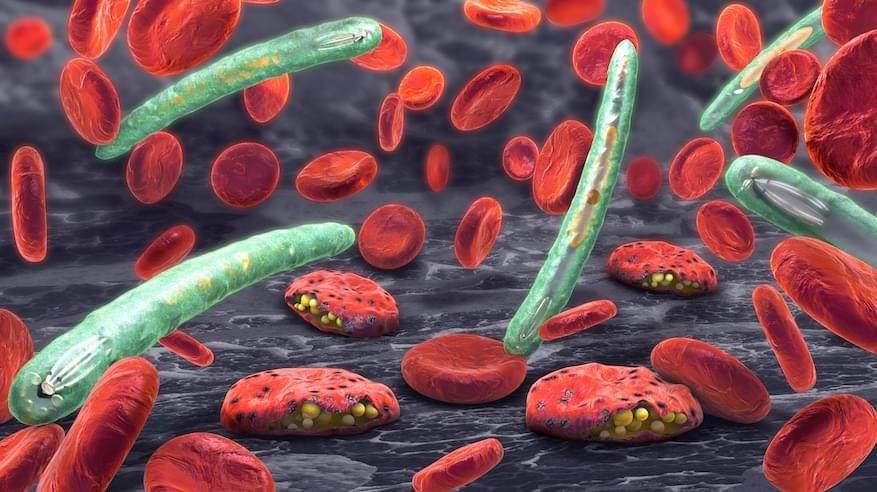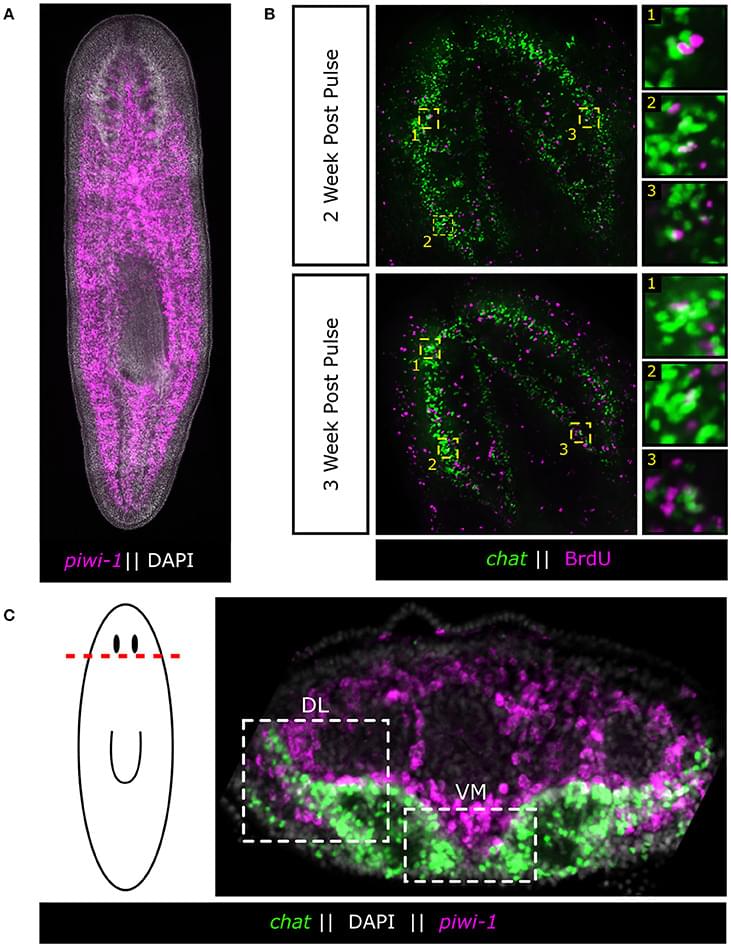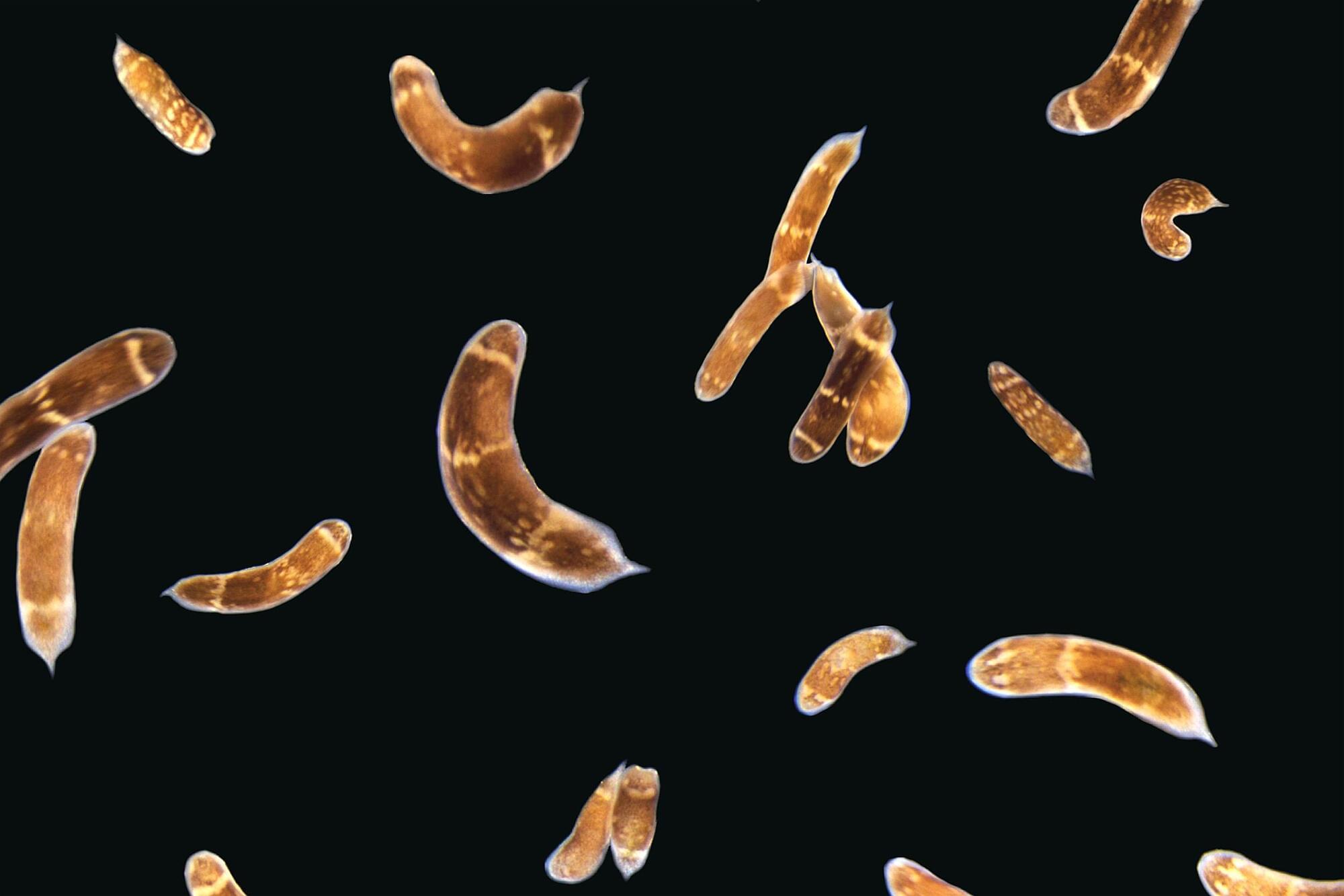ARC Prize
Get the latest international news and world events from around the world.
New mRNA vaccine stops malaria transmission in its tracks
A novel way to prevent the spread of malaria – a potentially life-threatening disease transmitted through bites from mosquitoes infected by a parasite – could soon be realized, thanks to scientists at The Walter and Eliza Hall Institute of Medical Research (WEHI) in Australia.
While vaccines for malaria exist and more are being formulated for greater efficacy, the WEHI team went right to the source. It first visualized the protein complex that facilitates the reproduction of the Plasmodium falciparum parasite inside mosquitoes. Then, the scientists developed a mRNA vaccine – based on similar technology used for some COVID-19 vaccines – to block the fertilization process. The result: a 99.7% drop in the rate of transmission of the malaria-causing parasite recorded in preclinical studies.
That could be a huge step forward in the fight against this widespread disease, which affects nearly 300 million people around each year, and claims 600,000 lives annually.


Adult Neurogenesis: Beyond Rats and Mice
Basically I believe that the flatworm could give the genetic code for essentially brain immortality other just nad plus. But it would have to be made in the brain and controlled possibly with nanotransfection which would scan the body and modify the human brain cells to have its characteristics that may already exist in the human brain also.
Powerful genetic tools in classical laboratory models have been fundamental to our understanding of how stem cells give rise to complex neural tissues during embryonic development. In contrast, adult neurogenesis in our model systems, if present, is typically constrained to one or a few zones of the adult brain to produce a limited subset of neurons leading to the dogma that the brain is primarily fixed post-development. The freshwater planarian (flatworm) is an invertebrate model system that challenges this dogma. The planarian possesses a brain containing several thousand neurons with very high rates of cell turnover (homeostasis), which can also be fully regenerated de novo from injury in just 7 days. Both homeostasis and regeneration depend on the activity of a large population of adult stem cells, called neoblasts, throughout the planarian body. Thus, much effort has been put forth to understand how the flatworm can continually give rise to the diversity of cell types found in the adult brain. Here we focus on work using single-cell genomics and functional analyses to unravel the cellular hierarchies from stem cell to neuron. In addition, we will review what is known about how planarians utilize developmental signaling to maintain proper tissue patterning, homeostasis, and cell-type diversity in their brains. Together, planarians are a powerful emerging model system to study the dynamics of adult neurogenesis and regeneration.
The adult brain has long been thought to be a fixed structure due to its immense complexity as is illustrated succinctly in the following quote from prominent nineteenth century neuroscientist and Nobel laureate Santiago Ramón y Cajal:
“Once the development was ended, the founts of growth and regeneration of the axons and dendrites dried up irrevocably. In the adult centers, the nerve paths are something fixed, ended, and immutable. Everything may die, nothing may be regenerated. It is for the science of the future to change, if possible, this harsh decree.”


Scientists reversed memory loss by powering the brain’s tiny engines
Scientists have discovered a direct cause-and-effect link between faulty mitochondria and the memory loss seen in neurodegenerative diseases. By creating a novel tool to boost mitochondrial activity in mouse models, researchers restored memory performance, suggesting mitochondria could be a powerful new target for treatments. The findings not only shed light on the early drivers of brain cell degeneration but also open possibilities for slowing or even preventing diseases like Alzheimer’s.


“It’s Now Twice Florida’s Size”: NASA Tracks Rapidly Expanding Anomaly In Earth’s Magnetic Field Threatening Satellites And Power Systems
IN A NUTSHELL 🔍 NASA monitors the South Atlantic Anomaly, a region of weakened magnetic intensity impacting satellite operations. 🛰️ The anomaly poses risks to technological systems in spacecraft due to exposure to solar particles. 🧭 The anomaly’s evolution involves dynamic changes and a potential split into two distinct cells. 🌌 Ongoing research explores the

